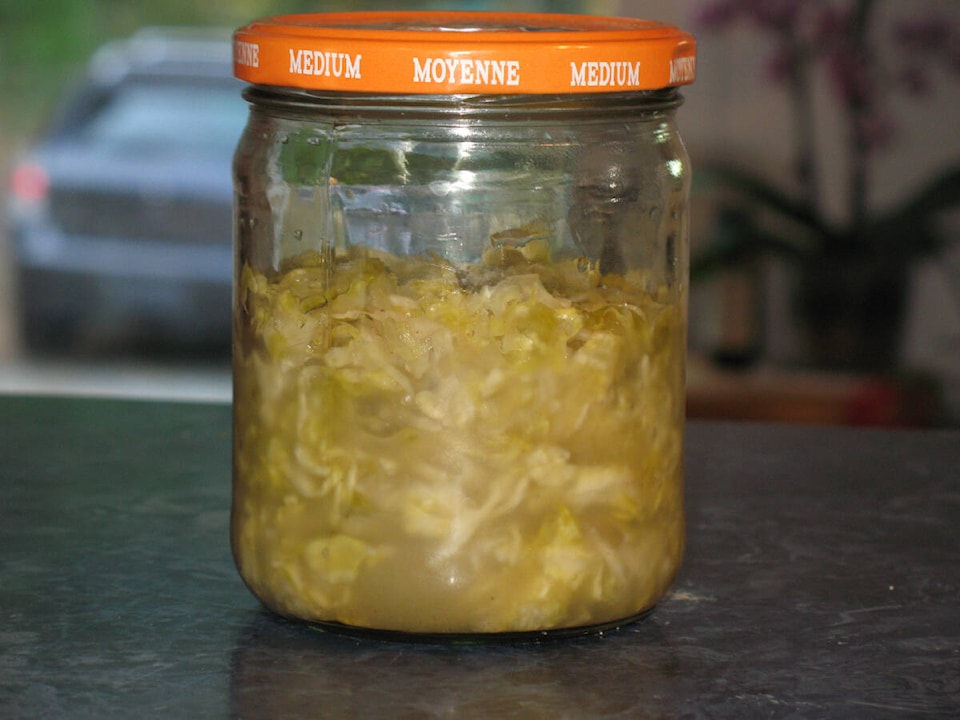By Mary Lowther
Forty years ago David was seduced by BC Hydro when it insisted that their power was the cheapest and greenest available. The ads and offers were everywhere, and eventually he succumbed to the enticements. He replaced his old oil furnace with a plenum heater at a reduced rate that was promised as permanent and joined the onward march of progress to affordable environmental sustainability. At the risk of mangling my metaphors, he hitched his horse to their shiny electric wagon.
Times change, it seems. Today the drive is to use less energy, using a strategy of punitive rates that target the very people who were convinced by Hydro’s promises. Literally billions of dollars have been spent on special meters to detect when and how we use power, enabling the Authority to apply charges that penalize those of us who use electricity during “peak hours.” Peak hours appear to be those times most of us are awake and need the service. If you really want to save money by canning your own tomatoes BC Hydro suggests you do so at 3 a.m. every second Wednesday morning! You might also consider disconnecting your freezer during daylight hours.
What can a successful grower do? We can freeze and can, but there’s something to be said for preserving food without electricity. Storage in a cold cellar and dehydration outside when the sun’s out are good options, and so is fermentation. If you have an abundance of produce, why not try fermenting some, as generations before us have done? This centuries old custom kept our ancestors alive and many cultures still preserve food this way.
In his book The Art of Fermentation, author Sandor Ellix Katz includes a wealth of contributions from people whose families have been fermenting foods for generations without the need for electricity, skills developed long before Nicholas Appert and Clarence Birdseye made the discoveries that created our times of plenty. But as canning and refrigeration become more expensive we might want to consider this power smart alternative.
Katz explains that different bacteria and yeasts produce various ferments. Bacteria present on all vegetables build up lactic acid naturally when the plants are submerged, preventing mould from forming, preserving the food and greatly improving the absorption of vitamins and minerals by the gut. Dr. S. Hemalatha reported in the European Journal of Clinical Nutrition that the bioavailability of zinc and iron was significantly increased when a batter of rice and lentils was fermented.
Kimchi and sauerkraut, both based on fermented cabbage, are promoted as part of a healthy diet. Many foods we commonly eat have been fermented, such as cacao beans; yeasts, acetic acids and lactic acids ferment the pulp surrounding the beans, allowing them to be rinsed cleanly. Tomato seeds are left to ferment for three days underwater in order to kill possible pathogens and help dissolve mucilage surrounding the seeds. Then they are washed off, dried and saved for next year’s planting.
Here’s what physician Johannes Kuhl, a German researcher, has to say about fermented foods: “The natural lactic acid and fermentive enzymes which are produced during the fermentation process have a beneficial effect on the metabolism and a curative effect on disease. Lactic acid destroys harmful intestinal bacteria and contributes to the better digestion and assimilation of the nutrients.”
Given the extra produce from the garden this time of year, we can afford to try a little experimentation by fermenting some of this excess. Monique Trahan of Massachusetts uses her extra herbs to make a fresh herb salad dressing mix by chopping up whatever herbs she has with a bit of hot pepper, adding some brine and fermenting it at room temperature for three days. Then she stores it in the fridge where it lasts all winter. When she makes a salad, she adds a spoonful to some oil and vinegar and she says it’s also good in soups or as a dip.
Of course, grapes have also long been fermented for later consumption. The debate may still continue over the health benefits of wine but, provided it is served at room temperature, we can comfort ourselves with the assurance that at least it is power smart.
Please contact mary_lowther@yahoo.ca with questions and suggestions since I need all the help I can get.
